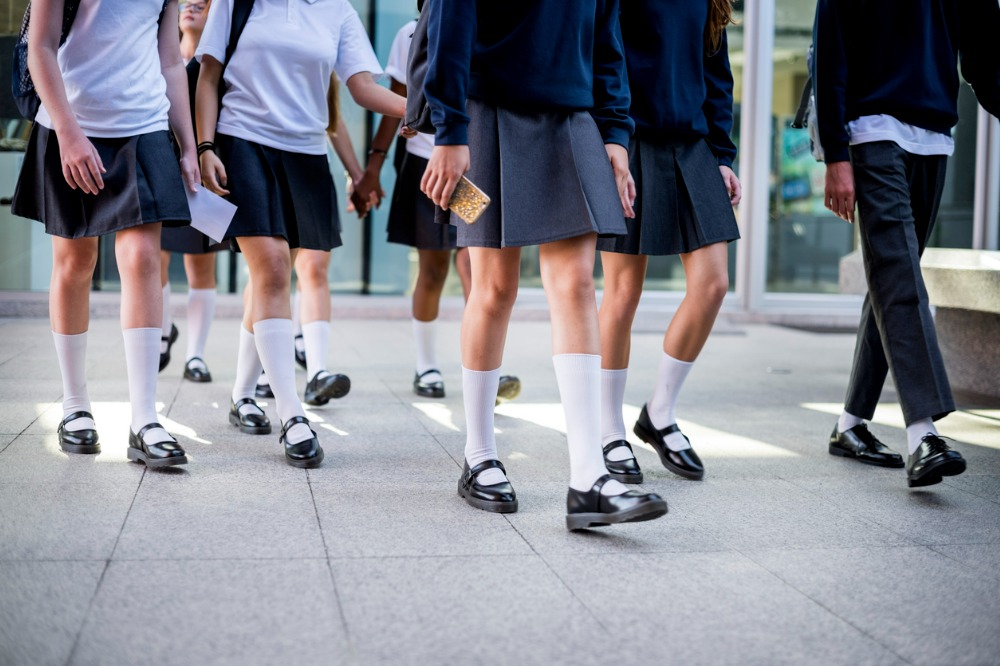
The majority of Australia’s private schools are receiving more public funding than comparable public schools, a new study claims.
The Australian Education Union (AEU) report, titled ‘A Decade of Inequity’, says more than half of private schools in Australia now receive more combined Government funding (Commonwealth and State) per student than public schools of similar size, location and with similar student needs.
The report used a strict methodology based on the level of Socio-Educational Advantage, school location, and school size to determine comparable public and private schools, then compared the combined Commonwealth and State/Territory Government recurrent funding as reported by ACARA for comparable public and private schools.
It found that in 2013, there were a total of 1,146 private schools (45% of all private schools) receiving more combined Commonwealth and State Government funding per student than comparable public schools.
By 2022, this had increased to 1,550 private schools (56.3% of all private schools) receiving more Government funding (Commonwealth and State) per student than comparable public schools.
According to the report, the funding gaps between students are as large as $7,282 per student.
Private schools where students come from above average levels of socio-educational advantage showed the most growth in being funded above similar public schools - from 856 to 1,197 between 2013 and 2022, an increase of 39.8% over the decade.
The report says that, on average, every private school in Australia will receive $462 per student above their full SRS in combined state and Commonwealth funding in 2024, while every public school will be underfunded by $2,509 per student.
AEU Federal President Correna Haythorpe said governments have “lost their way with school funding” since 2011 and said private schools enjoy an “unfair advantage” when it comes to public funding.
“This unfair private school funding advantage translates into a school resourcing and staffing advantage and has fuelled a private school capital works boom, while at the same time denying public schools the recurrent funding needed to attract and retain teachers and to address the high level of student needs in the classroom,” she said.
“These findings reflect the impact of more than a decade of special deals delivered under the previous Coalition Government for the private school sector and a fundamental lack of transparency in the way that Australian schools are funded.”
Private schools slam ‘misguided and misleading attacks’
Independent Schools Australia (ISA) CEO, Graham Catt, called the AEU report “disappointing, misguided, and misleading”.
“Funding is highly complex, and it is disappointing to see, yet again the AEU use this complexity to launch misguided and misleading attacks on individual non-government schools and their communities,” Catt told The Educator.
Mr Catt pointed out that The Australian Curriculum Assessment and Reporting Authority (ACARA), which operates the MySchool website from which the AEU report draws its data, specifically warns against using the data making direct funding comparisons between schools, even those in the same sector, due to the difference in funding and operating models.
“Despite this warning, the AEU has done exactly this to create misleading sector comparisons,” he said. “Independent schools serve diverse students and communities, with diverse needs and so there are many variables in how funding is determined.”
Catt said government schools will always receive more government funding than non-government schools on a per student basis, where they enrol an identical cohort of students.”
“The latest data clearly shows that nationally, Independent school students receive an average of $12,160 in government funding, while public school students receive $22,510. Every Independent school teacher, every leader, every parent wants to see all schools fully and fairly funded,” he said.
“They shouldn’t be the subject of attacks like this that deliberately seek to fuel division. We should be united across all sectors to ensure that every Australian child gets the best education possible.”


